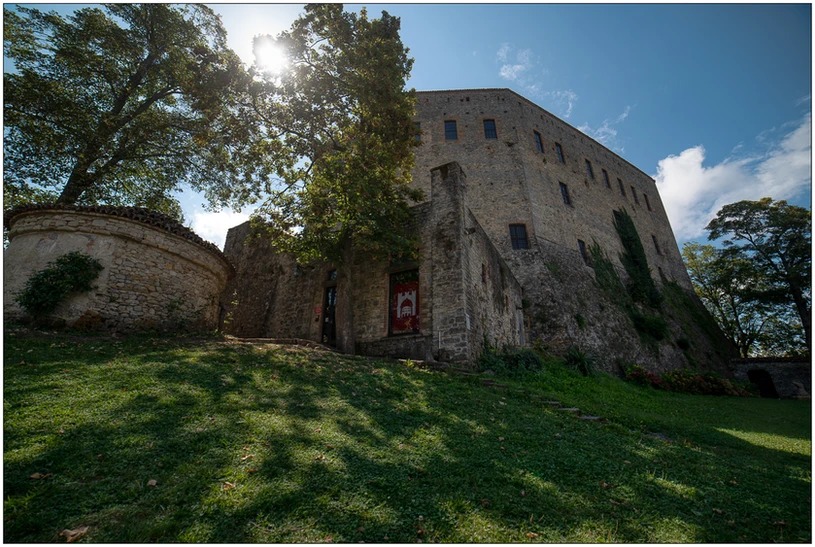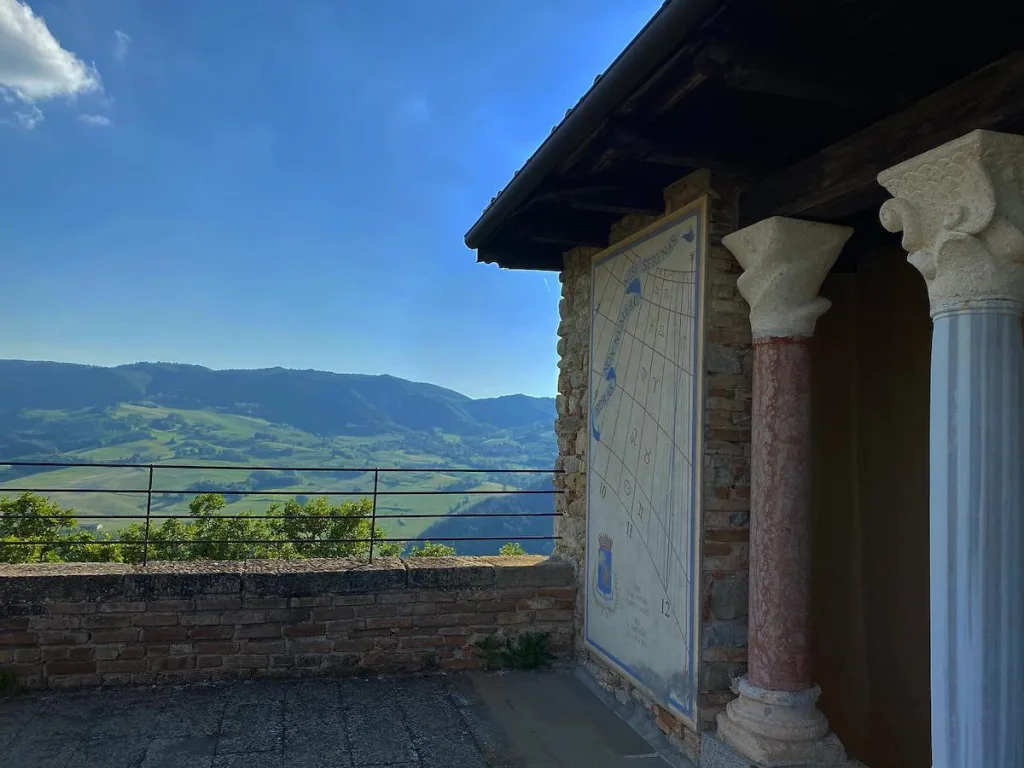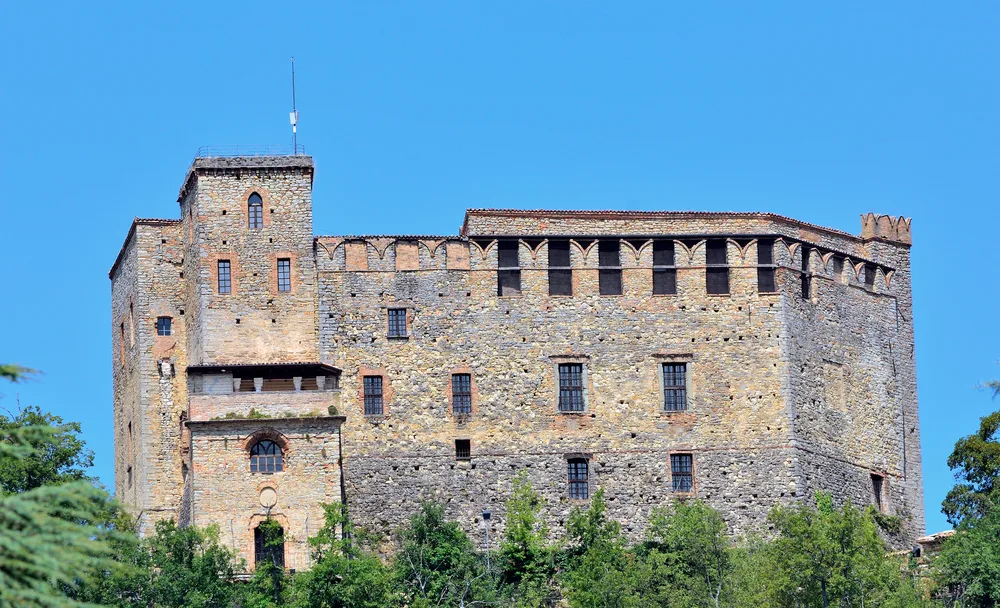Suspended between history and legends, the Dal Verme Castle in Zavattarello rises majestically over the valley, offering a beautiful panoramic view of the surrounding medieval village. The ancient fortress, built on a sandstone hill, is witness to centuries of events and guardian of many secrets.
A long and powerful history
The Dal Verme Castle has ancient roots dating back to the 13th century. Belonging to the noble Dal Verme family, the castle was built to defend the surrounding area and to serve as a noble residence. Over the centuries it underwent extensions and architectural modifications, reflecting the different eras and artistic styles.
Legends and mysteries surrounding the castle
In addition to its fascinating history, the Dal Verme Castle is shrouded in an atmosphere of mystery and legends. It is said that paranormal phenomena and evanescent presences occur within its walls. In particular, there are tales of the ghost of Pietro dal Verme, who was poisoned by his second wife, Chiara Sforza, back in 1485. Accounts speak of furniture moving on its own, doors mysteriously opening and voices echoing in the air, creating an aura of suggestion and curiosity around the castle.
A journey through time and architecture
To visit the Castello dal Verme is to immerse oneself in a fascinating journey through time and architecture. Its imposing walls, majestic towers and centuries-old frescoes tell distant stories and bear witness to the grandeur of the past.

The oldest origins
Probably built at the behest of the Milanese monastery of S. Ambrogio to defend the surrounding territory, Ottone I in the 10th century ceded it to the powerful monastery of San Colombano di Bobbio. In 1169 the feud passed under the control of Piacenza, while in 1327 Emperor Ludwig the Bavarian granted the castle to a nobleman from Piacenza, Manfredo Landi. A little less than thirty years later, the building hosted the historic meeting, promoted by Gian Galeazzo Visconti, between the Beccaria and Landi families, which resulted in the League of Voghera in Pavia.
A noble residence of long standing
From 1390 the castle became the property of the dal Verme family, one of the most powerful and influential families of the time. For almost six centuries, the castle was the stately home of this noble family, which left an indelible mark on the history of Zavattarello and the surrounding area.
In 1975 Countess Titina Gavazzi dal Verme ceded the fortress to the Municipality of Zavattarello, opening its doors to the public and allowing its magnificence to be admired.
An imposing stonework
The Dal Verme Castle, built entirely of stone, rises majestically on the hill.
With some forty rooms and an imposing structure, its mighty walls reach a thickness of no less than 4 metres. The plan of the castle is a regular polygon, to better adapt to the morphology of the land, creating a fascinating and majestic architectural vision.
A journey through the castle spaces
Exploring Castello dal Verme means immersing oneself in a fascinating dimension, made up of secret passages, furnished rooms and medieval atmospheres,
The castle, which can be visited in its entirety, offers a variety of spaces that tell the story of life in the past.
The Festival Hall, with its sumptuous furnishings, evokes the atmosphere of noble celebrations. The Kitchen, with its ancient utensils and furnishings, offers a glimpse into daily life in the castle. The Music Room seems to bring to life the melodies that once resounded within its walls. And finally, the underground dungeons, an eerie place that bears witness to the darker side of history.

The top of the tower: a panoramic view
One of the most exciting experiences during a visit to the Castello dal Verme is reaching the top of its imposing tower. From here you can enjoy a breathtaking view, encompassing the surrounding rolling hills and landscapes.
The castle also houses the 'Giuseppe and Titina dal Verme' Museum of Contemporary Art. It exhibits works of Italian art from the second half of the 20th century to the present day, as well as older paintings by Count Giuseppe dal Verme.










